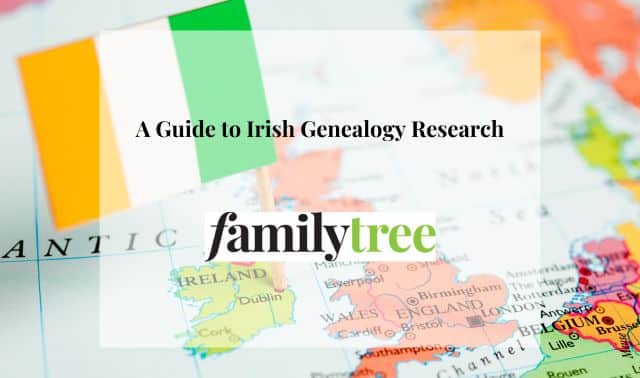Sign up for the Family Tree Newsletter! Plus, you’ll receive our 10 Essential Genealogy Research Forms PDF as a special thank you.
Get Your Free Genealogy Forms
"*" indicates required fields

In 1831, Ireland was still fresh from its union with Great Britain a few decades prior. Many throughout the island opposed British rule, feeding the rise of Irish nationalist groups. The population was growing—but soon the Great Famine would forever change the country’s demographics.
According to historical records, the Irish population peaked at 8.2 million in 1841. Then came the potato famine of the 1840s. Starvation killed more than 1 million people and propelled an additional million to emigrate. By 1850, nearly half of all immigration into the United States was from Ireland. The Emerald Isle would never fully recover from the effects of the Great Famine: Today, the population hovers around 6.4 million. This map, published in 1831, depicts Ireland prior to this exodus.

Unfortunately for those with Irish ancestors of that era, only fragments of the country’s 1831 census survive, with most pieces relating to County Derry. This enumeration recorded a person’s name, age, occupation, relationship to the head of the household, acreage of land holding and religion. Only general statistics survive from later 19th-century Irish censuses, which were destroyed either in the 1922 Four Courts Fire in Dublin or deliberately by government officials.
Find this and more Ireland maps in The Family Tree Historical Maps Book: Europe.
A version of this article appeared in the July/August 2015 issue of Family Tree Magazine.
FamilyTreeMagazine.com is a participant in the Amazon Associates Program, an affiliate advertising program. It provides a means for this site to earn advertising fees, by advertising and linking to Amazon and affiliated website.




